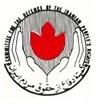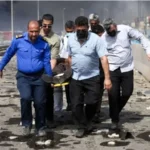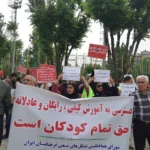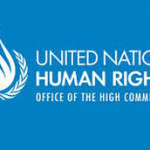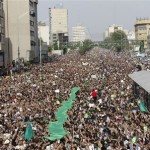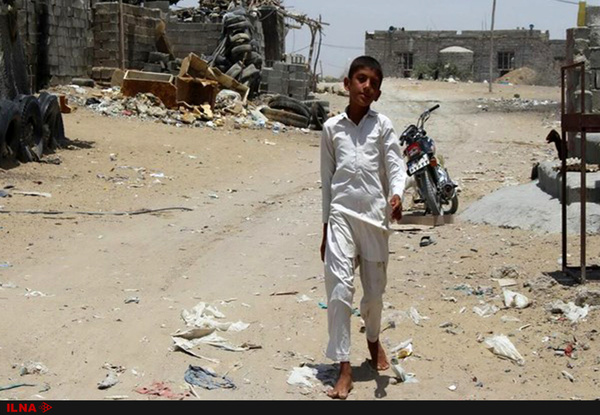
Morning Star reports, Thursday 19 July 2018
WATER shortages are becoming a “political issue” in Iran, the left-wing Tudeh Party of Iran warned yesterday as protests across many towns and cities continue to grow. International secretary, Navid Shomali, told the Star that huge lakes and rivers are drying up, putting lives at risk, because of the “disastrous policies adopted by the regime”. He warned: “Patterns of life have changed in some parts of the country due to the severe shortage of water and drought. People’s very livelihoods and health are on the line.” Huge protests have taken place over water scarcity, which have been met with a harsh response by the country’s theocratic dictatorship.
“We have seen widespread protests in the across several areas and cities, especially in the southern provinces of the country that have very hot climates. Access to water when the temperature on summer days reaches more than 50°C is a life and death issue,” Mr Shomali said. Similar protests in neighbouring Iraq have led to fears of a popular uprising as water becomes an increasingly political issue across the Middle East. In the south-eastern port city of Chaharbahar, council president, Moein-uddin Saeidi, said the crisis was the most serious challenge faced by Iran and warned of a “catastrophe.” He told the Iranian Labour News Agency that 50,000 people living on the outskirts of the city do not have even one metre of pipeline for drinking water, with almost 80 per cent of the population relying on supplies from mobile tankers. “In many neighbourhoods, the water comes once a month, and it’s clear that all the inhabitants of the city’s marginal area suffer extensively from the problem of water,” he said. Mr Shomali warned that the Iranian government has consistently rejected expert advice on water management. “Over the past four decades, the regime has ignored all advice and recommendations from scientists and academic experts about the need to attend to the issues of water resources, the impacts of climate change and the need for a scientific approach to economic planning and agriculture. “Mismanagement of water resources, the expansion of residential areas through deforestation and the regime’s adventurous approach to building dams without adequate attention to scientific data and expert opinion about their locations has meant that, today, some areas of Iran face catastrophic and existential threats due to drought and water scarcity,” he said. Mr Shomali added: “The theocratic regime has demonstrated that it lacks any capability or potential to tackle the water scarcity issue. Water today has become a political issue in Iran and the regime knows this well.”
__________________________________________________________________________________
The Iranian Labour News Agency (ILNA) on Wednesday (date) reported that thousands of people in Chaharbahar – a port city in south-eastern Iran, on the Persian Gulf coast – are living in extreme hardship, without water and electricity, in shanty towns around the settlement. 95% of those living in these ramshackle structures, built of cardboards and tyres on the margins of the town, are those driven from their villages because of severe drought, the failure of agriculture due to shortage of water, lack of basic services and poverty.
Speaking to the ILNA, Mr Moein-uddin Saeidi, the Chaharbahar city council president, stated that the water crisis is the most serious challenge to face the city – adding that the marginal areas of Chaharbahar have more than 50,000 inhabitants and yet there exists not even one meter of pipeline for drinking water. The water availability index in Chaharbahar is not comparable to anywhere else in the country, with the current figure standing at only 21 percent – meaning that 79 percent of the population lives on a water supply delivered from mobile tankers. Mr Saeidi stated that every person is allocated 15 litres of water per day to cover all purposes; drinking, washing, agriculture, livestock etc. However, because of the shortage of water and the inadequate system of distribution, only about 10 litres of water will in fact reach most people. He further stated that the people living in the poorer margins of the town have to buy the water by paying for the tankers that deliver the supply. “The water situation in this part of the country is very catastrophic. The water reaches the people once a week and they have to store it in an unhealthy way in the water storage structures. In many neighbourhoods, the water comes once a month, and it’s clear that all the inhabitants of the city’s marginal area suffer extensively suffer from the problem of water”. Mr Saeidi emphasised: “The water crisis in Chaharbahar is different from anywhere in the country. Yes we are faced with a water crisis everywhere, but in Chaharbahar this crisis is catastrophic.”

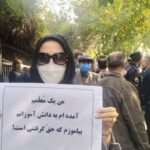

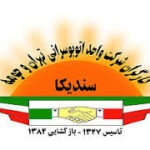






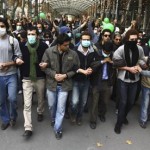
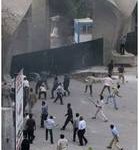
 Posted in
Posted in 
